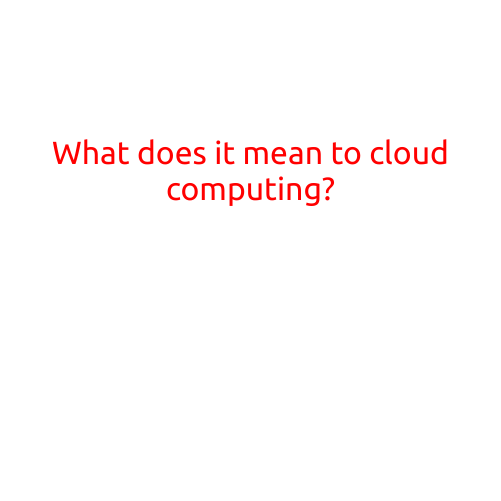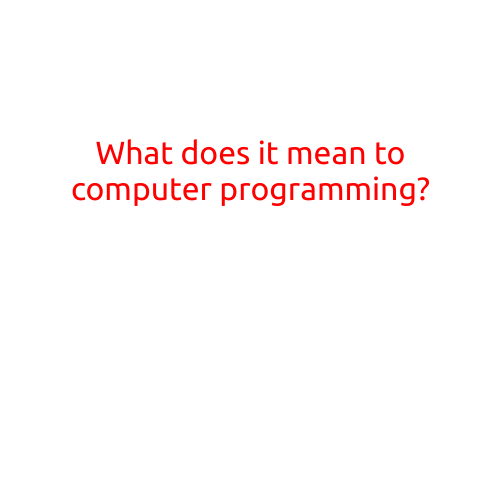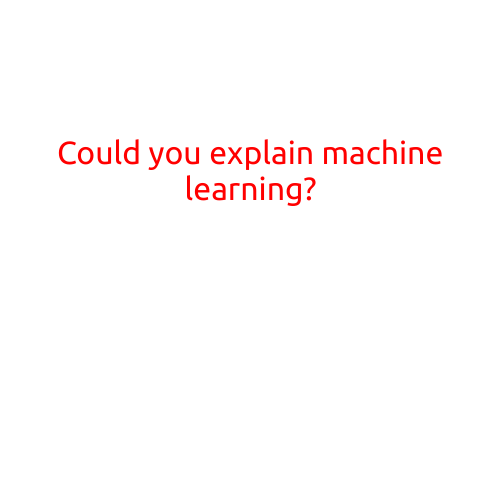
What Does it Mean to Cloud Computing?
In today’s digital age, technology is advancing at an unprecedented rate, and cloud computing is one of the most significant trends that has revolutionized the way we store, manage, and access data. But what exactly does it mean to cloud computing?
Defining Cloud Computing
Cloud computing is a model of delivering computing services over the internet, where resources such as servers, storage, databases, software, and applications are provided as a service to users on-demand. Instead of having to manage and maintain their own hardware and software, users can access these resources remotely through a network connection.
How Does Cloud Computing Work?
Cloud computing works on a simple principle: users can access and use the resources they need, whenever and wherever they need them, without having to worry about the underlying infrastructure. Here’s how it works:
- Service Provider: A cloud service provider sets up a network of powerful servers, storage systems, and other resources.
- User Request: A user requests access to a specific resource, such as a database or an application.
- Resource Allocation: The cloud service provider allocates the requested resource to the user.
- Data Transfer: The user’s device transfers data to and from the allocated resource.
- Monitoring and Maintenance: The cloud service provider monitors and maintains the resources, ensuring they are running smoothly and securely.
Benefits of Cloud Computing
Cloud computing offers numerous benefits to users, including:
- Scalability: Effortlessly scale up or down to meet changing business needs.
- Cost Savings: Reduce capital expenditures on hardware and software.
- Increased Flexibility: Access resources from anywhere, at any time.
- Improved Collaboration: Collaborate with team members from any location.
- Enhanced Security: Cloud providers invest heavily in security measures to protect user data.
Types of Cloud Computing
Cloud computing comes in three main flavors:
- Public Cloud: A publicly accessible cloud infrastructure, offered by a third-party provider.
- Private Cloud: A dedicated cloud infrastructure, hosted within the user’s own premises or a third-party data center.
- Hybrid Cloud: A combination of public and private cloud infrastructure.
Conclusion
In conclusion, cloud computing is a revolutionary technology that has transformed the way we access and utilize computing resources. By providing on-demand access to resources, without the need for maintenance and management, cloud computing has opened up new opportunities for businesses and individuals alike. As the technology continues to evolve, we can expect to see even more innovative applications of cloud computing in the future.





